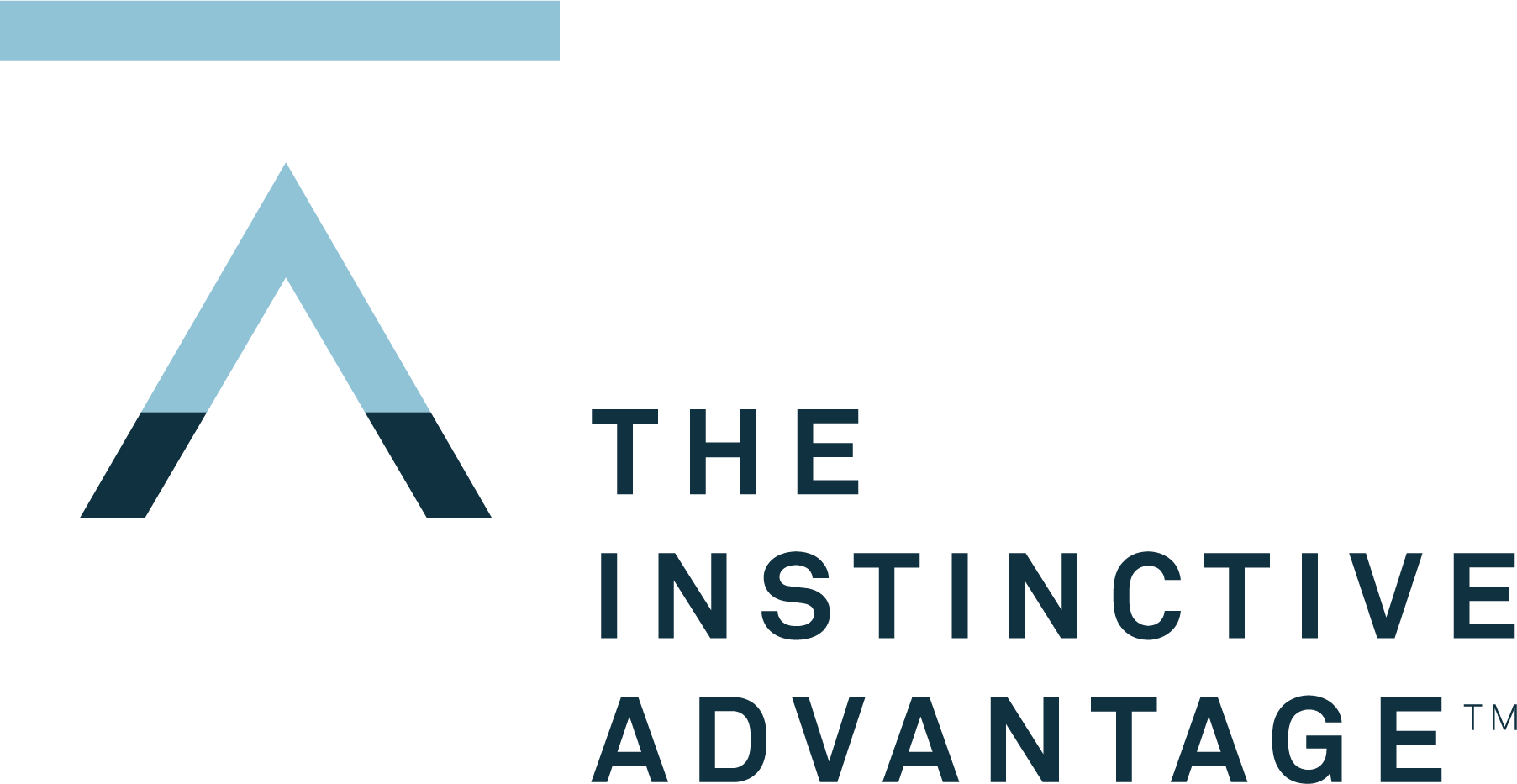5 Ways to Encourage Different Points of View at Work
Encouraging different viewpoints in the workplace fosters innovation, creative problem-solving, employee morale, open-mindedness, and sense of belonging. By asking for - and accepting - unique and varied viewpoints from a diverse workforce, leaders can prevent a Bah Humbug culture, which dismisses different opinions and discourages employees from expressing themselves.
The five strategies below will create a culture where employees can freely share their distinct perspectives.
Way #1: Encourage Employees to Share Their Thoughts in Their Own Way
Not everyone communicates in the same way. Some people prefer to verbally ‘shoot from the hip’, while others like to present using written information. Allowing employees to communicate naturally and comfortably means they’ll be more willing to express themselves.
Forcing employees to conform to a way of thinking or communicating can stifle expression, innovation, collaboration, and creativity. Employees will feel more respected and valued when they’re able to communicate freely and naturally.
Way #2: Create an Environment Where Differences Are Celebrated
A homogenous team culture means everyone will likely have the same thoughts, opinions, and feelings, resulting in an unproductive echo chamber. Encouraging different viewpoints can create a positive work environment where people recognize and celebrate their differences instead of hiding them.
Building a diverse team of people with different instincts, backgrounds, personalities, and experiences fosters productive conversations in teams where people offer their varied perspectives. Celebrating people’s differences means employees can be confident in what they have to offer the company, even if it’s distinctly different from their coworkers.
Way #3: Train Leaders to Listen
When employees feel ignored or dismissed when trying to speak up, they will likely shrink away and think twice before stating their idea or opinion next time. Leaders who listen can build trust and respect with their team, increasing productivity and employee engagement and creating a productive and positive work environment.
Attentive business leaders can also better motivate and lead their company or team to solve problems and resolve conflicts easily, as they’ll be more connected to their employees.
Way #4: Embrace Feedback
Listening to and acknowledging your team’s feedback is essential for success. Positive feedback can help leaders learn what works and motivate their team, while negative feedback highlights opportunities and room for improvement. It’s important to thank people for their feedback so they feel comfortable sharing and giving more.
As a leader and team, you should always be looking to learn, grow, and improve, and feedback is an essential tool for that process. Accept all forms of feedback, respond gracefully, and reflect on what you did wrong or could be doing as a leader.
Way #5: Show Employees That Speaking Up Is Worthwhile
If a group of employees feels like their ideas and differing opinions will not be received well, they won’t share them. No employee wants to feel incompetent or like an outcast at the office, and if they feel like speaking their mind will rock the company boat too much, they’ll stay quiet.
On the other hand, if employees feel like their thoughts fall on deaf ears, they’ll be discouraged from sharing. Leaders must show employees that their ideas are valued by actively listening, responding positively, and seriously considering their thoughts.
Benefits of Different Points of View in the Workplace
Encouraging people to speak their minds, challenge themselves, and offer different viewpoints benefits teams, colleagues, managers, and companies. Below are the top benefits that come along with encouraging workers to keep an open mind and offer up a new perspective and insightful thoughts:
Encourages Open-Mindedness: Listening to and considering other viewpoints can help you broaden your mind and open your mind up to different cultures and perspectives, making you a more compassionate and cultured person.
Increases Representation: Everyone must get a seat at the table and that means encouraging and acknowledging ideas from people of all backgrounds and identities. This philosophy increases representation and fosters equality.
Allows for Better Informed Decisions: When leaders welcome different viewpoints, they can make informed decisions that account for a variety of people’s wants and needs.
Improves Morale and Comfort: Employers who feel heard and respected will be happier in the workplace, therefore more productive, motivated, and valuable.
Creative Problem-Solving: If your team is free to share unique viewpoints and discuss different perspectives, they can learn new solutions to problems and will improve their creative problem-solving skills.
The example below exemplifies how advantageous different points of view and opinions can be in the workplace and business together.
I’ve recently worked with a manager who has completely different action modes from the rest of his team members. He’s put effort into hiring people different from him and makes a point of understanding what each brings. His organization has done this by working with me to administer the Kolbe A™ Index for each team member in order to better understand each individual’s action modes. As a result, his team is thriving and has a thorough understanding of how best to communicate and listen to each team member.
Contact Erin if you and your team need her assistance when it comes to encouraging different viewpoints in the workplace, innovation, and collaboration among staff, colleagues, and clients.
